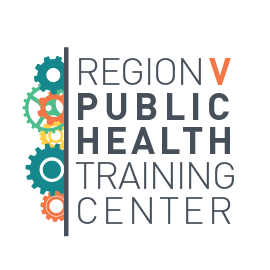By Wajiha Akhtar, PhD and Sheri Johnson, PhD, University of Wisconsin Population Health Institute
Compared to other peer nations, the USA is not doing well when it comes to health. A recent report shows that the USA continues to lag peer nations on many health outcome measures, even though we spend significantly more of our collective financial resources on healthcare.
Public health and medical practitioners understand that healthcare services are not enough. The conditions where people are “born, grow, work, and age,” or the social determinants of health (SDoH) influence how long and how well everyone lives. And there is more to the story.
Community conditions, like safe and affordable housing, reflect our values, policies, laws, and institutional practices. The written and unwritten rules for how we create community conditions are the structural determinants of health. Structural determinants of health also reflect power relations among people and groups. Those with more power, have more “say so” about the rules. And the rules determine who has power. Groups of people and places can be valued or devalued; treated with dignity, or disdained; denied or afforded meaningful decision-making authority about how to create the conditions of daily living that are relevant to everyone’s health.
This is not new thinking. But a common definition and understanding of the structural determinants of health is not yet fully informing practice. There is growing recognition that voting and other forms of civic engagement are connected to population health and health disparities.
The Civic Engagement and Population Health Compendium provides a broad range of concepts and measures relevant to civic engagement that extend beyond voter registration and voter turnout.

Societal rules such as citizenship, absentee voting, early voting, registration, timing of election, and language access are associated with civic participation and can further worsen inequities in our communities. Importantly, health-promoting policies are shaped by elections and through ongoing engagement in decision-making processes.
The University of Wisconsin Population Health Institute’s County Health Rankings and Roadmaps (CHR&R) program also connects communities’ civic health to health and well-being. Two elements of civic health are highlighted:
Civic infrastructure – the places like schools, parks, and libraries that keep us connected as well as the policies and practices that encourage belonging and fuel inclusive civic participation.
Civic participation – how people engage in community life, whether by voting or volunteering or mentoring, to improve conditions and build a better future.
Well-resourced civic infrastructure and active civic participation can improve health. Both allow communities to tap the collective knowledge, wisdom, and action priorities of residents. The 2023 CHR&R national findings report found, “counties with more available and better-resourced civic infrastructure have higher rates of U.S. census participation and voter turnout than counties with under-resourced or restrictive civic infrastructure”.

Strengthening democratic processes and assuring access to civic and voter participation is necessary to advance health and racial equity.
States continue to change their election laws making it harder to participate in voting. As public health leaders, it is important to understand how these laws are implemented in your state, reflect on how these laws shape who gets to vote, and whose voices get amplified, and in turn, what policies advance health for whom. As public health professionals dedicated to health and racial equity, we have a role in creating a society that makes it possible for our whole community to participate in decisions that shape health and well-being.
To learn more, check out this resource:
- What Works for Health – Civic Health Curated Strategy List

